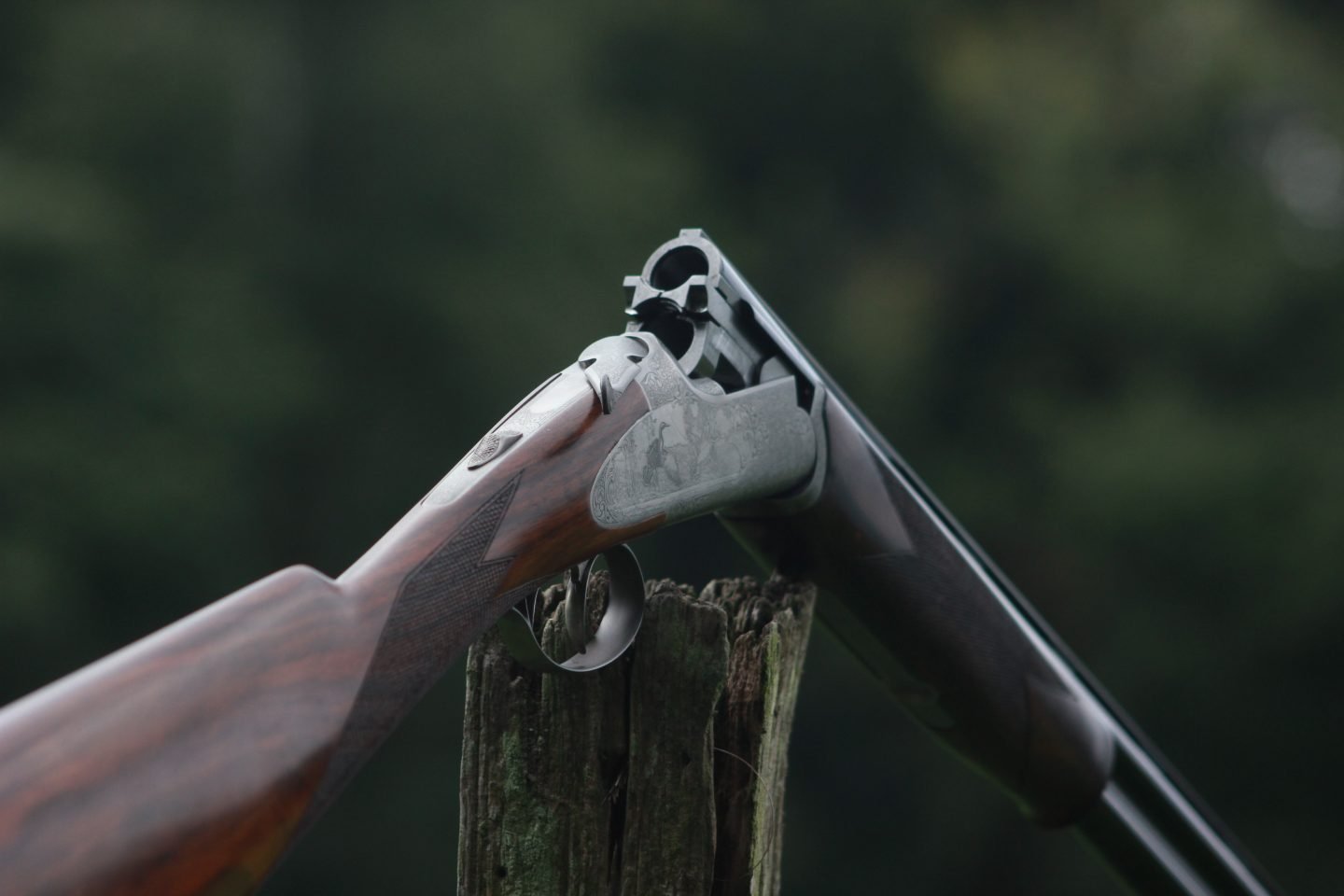Un nouveau réseau de distribution
Fruit de notre alliance avec le groupe Beretta, nous sommes heureux d’officialiser notre nouveau réseau de distribution mondial avec les 14 principales filliales étrangères

A hunting gun is a hunter’s indispensable companion. To hunt in the best possible conditions, it is essential to choose the barrel and calibre of your gun with care. Here’s a look at the main barrels and calibres you need to know about.
Shotguns are reserved for hunting small game. There are two main calibres used: 12-gauge and 20-gauge.
The 12-gauge is the most popular. This versatile calibre can be used to hunt all types of small game. The 12-gauge can fire 20mm-diameter cartridges with an average lead load of 32g. A good marksman has little chance of missing his target with a 12-gauge shotgun: it is this performance that has made this calibre so popular.
The 20-gauge has developed considerably over the last two decades. It was traditionally reserved for women. Rifles chambered in 20 gauge are lighter and thinner, making them easier to handle. With this calibre, the weapon’s recoil is also lower: hunters of small build will appreciate the ease of handling of a 20-gauge shotgun.
This smaller calibre generally has a lead load of 28g, less than the 12-gauge, making it more difficult to shoot.
It is the ideal calibre for experienced shooters seeking a challenge, for whom hitting the target will be more complex but more rewarding. The other calibres available on the market are the 16, 18 and .410.
The choice of calibre for a rifle should take into account 3 main criteria: the hunting style, the type of game and the environment. Choosing the right calibre is very important, because using the wrong calibre can injure an animal without allowing it to be taken, which is the opposite of what any good hunter wants.
Hunting rifle calibres are divided into 2 main families: rimfire calibres, for tilt-action rifles, and bolt-action calibres, for bolt-action rifles. This specificity is linked to the technique used to eject the rifle case. In the case of beadlock calibres, the ejector propels the case out of the chamber. In the case of grooved rifles, the bolt head has a retracting claw that pulls the case back, which is then ejected when the bolt is fully retracted.
Whether beaded or grooved, there are a multitude of rifle calibres. In practice, only a handful are used by most shooters.
Among the bead-fed calibres typical of express rifles is the 8x57JRS, which is perfectly suited to stalking or driven game hunting. The 9.3x74R calibre has more power, and is reserved for big game such as large wild boar or deer.
The 30.06 calibre is the most widely used in the world, and is particularly popular in North America. It is the ultimate all-rounder: it can be used for both stalking and stalking. Its accuracy means it can be used for long-distance shooting. The 300 Win Mag magnum calibre is the most widely used in France. Its high stopping power makes it a more destructive calibre. It is suitable for long-distance shooting, in a mountainous environment for example, and is well suited to large animals (deer).
A ‘standard’ barrel is 700mm long. This universal barrel is suitable for all types of game.
For a shooter who shoots short distances in undergrowth, a 600mm barrel is more suitable: more compact and denser, this barrel facilitates movement. Woodcock hunting will be particularly well suited to a 600mm barrel.
On the other hand, for long-distance shooting, such as migratory bird hunting, using a long barrel increases the range of the shot. A 76cm barrel will give superior performance for this type of shooting.


Every time you shoot, whether your gun is rifled or smooth, it is good practice to clean the barrel due to powder combustion. A residual part of the powder, which is not burnt in its entirety, remains on the inner walls. An accumulation of this powder leads to the development of corrosion in the barrel. For this reason, many smoothbore guns are chrome-plated as a preventive measure, but this does not mean that regular maintenance is not necessary.
To clean the inside of the barrel, use a swab to remove gunpowder residue. To clean the outside, wipe the barrel with a cloth to remove any dust. To finish, apply a suitable oil to lubricate the inside of the barrel.
Fruit de notre alliance avec le groupe Beretta, nous sommes heureux d’officialiser notre nouveau réseau de distribution mondial avec les 14 principales filliales étrangères
Fruit de notre alliance avec le groupe Beretta, nous sommes heureux d’officialiser notre nouveau réseau de distribution mondial avec les 14 principales filliales étrangères
Fruit de notre alliance avec le groupe Beretta, nous sommes heureux d’officialiser notre nouveau réseau de distribution mondial avec les 14 principales filliales étrangères
Fruit de notre alliance avec le groupe Beretta, nous sommes heureux d’officialiser notre nouveau réseau de distribution mondial avec les 14 principales filliales étrangères
Fruit de notre alliance avec le groupe Beretta, nous sommes heureux d’officialiser notre nouveau réseau de distribution mondial avec les 14 principales filliales étrangères